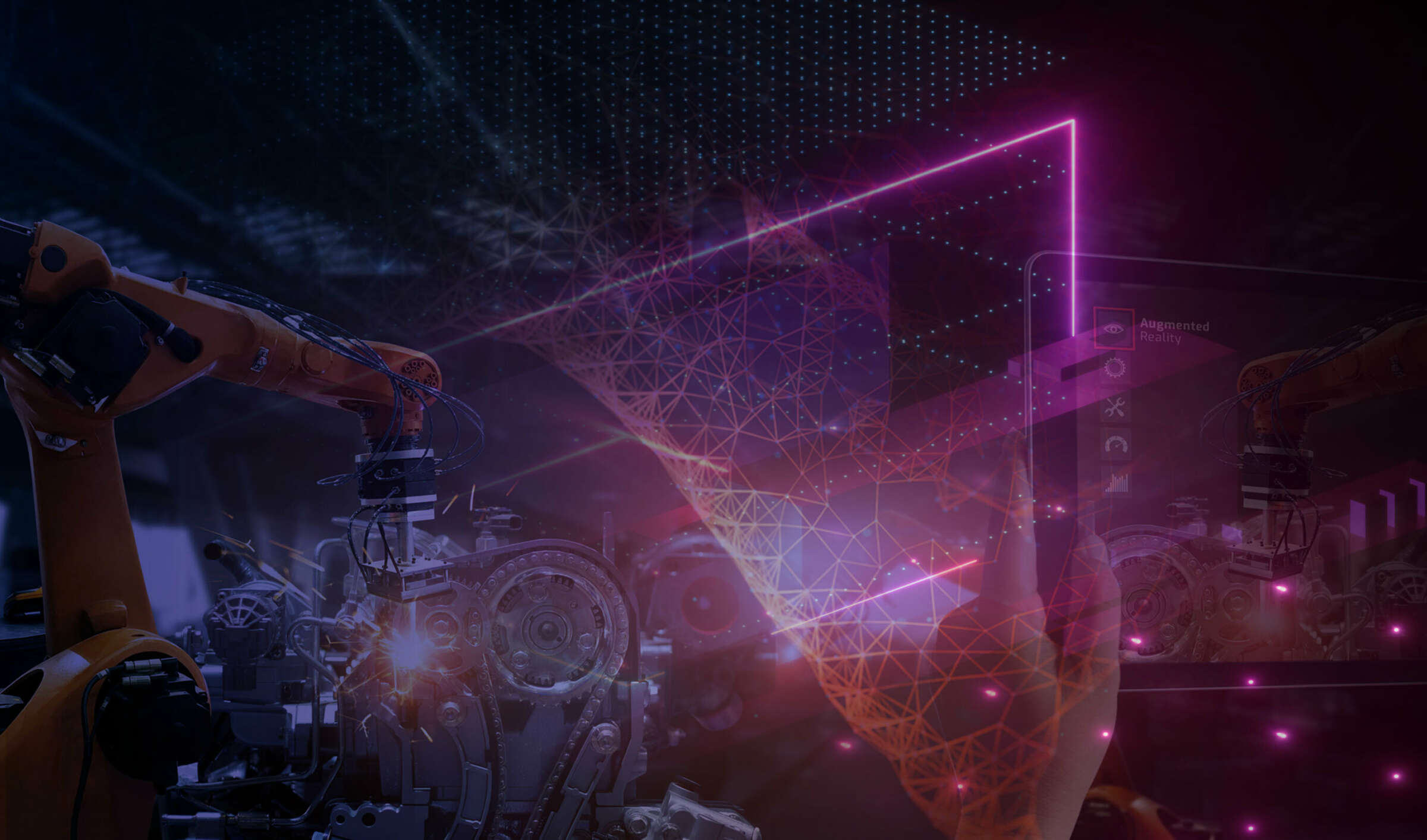Kalypso developed a series of XR learning experiences which can be run using tablets, phones and MS HoloLens2.
In Training mode, the learner can bring up a digital twin of the robot they are learning to operate and run detailed and realistic animations demonstrating its functionalities.
In Evaluation mode, the learner is prompted to identify the correct next step. At the end of the evaluation, a score is displayed, highlighting any sections which need to be repeated to achieve a pass.
XR training modules can easily be built by using pre-built interfaces that only require relevant content, digital assets and documentation.
We felt, however, it was in the client’s long-term interest to go one step further, adding more value to the XR solution by making use of an IoT platform such as Thingworx Analytics. This helped them capitalize on their data to gather insights and make more informed decisions.
By leveraging XR, we were able to deliver clear, intuitive training instructions to the workforce, while allowing users to self-assess and course-correct until they achieve full competency.
By illustrating the benefits of going beyond self-standing training instructions in AR by adopting an IoT platform, we unlocked even more useful features:
- User login authentication – to ensure the right person was taking the right training
- Competency evaluation – to assess knowledge acquisition and retention, by linking it to an Learning Management System (LMS)
- Curriculum tracking – to review each employee’s learning progress
Once in place, this solution could be used to manage Work Instructions, to monitor the installed base’s OEE and to apply Predictive Analytics to anticipate and reduce downtime.



